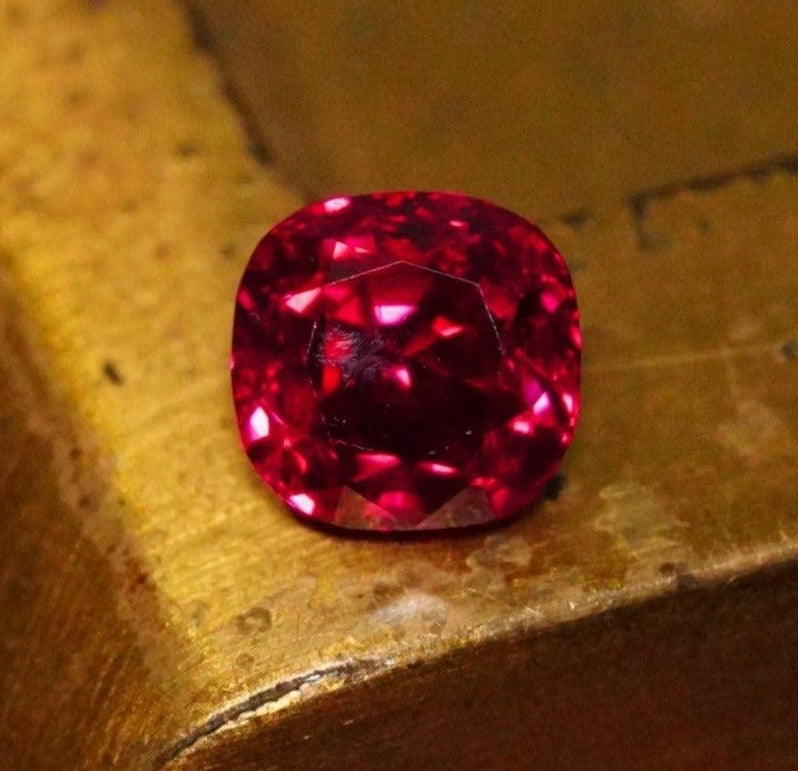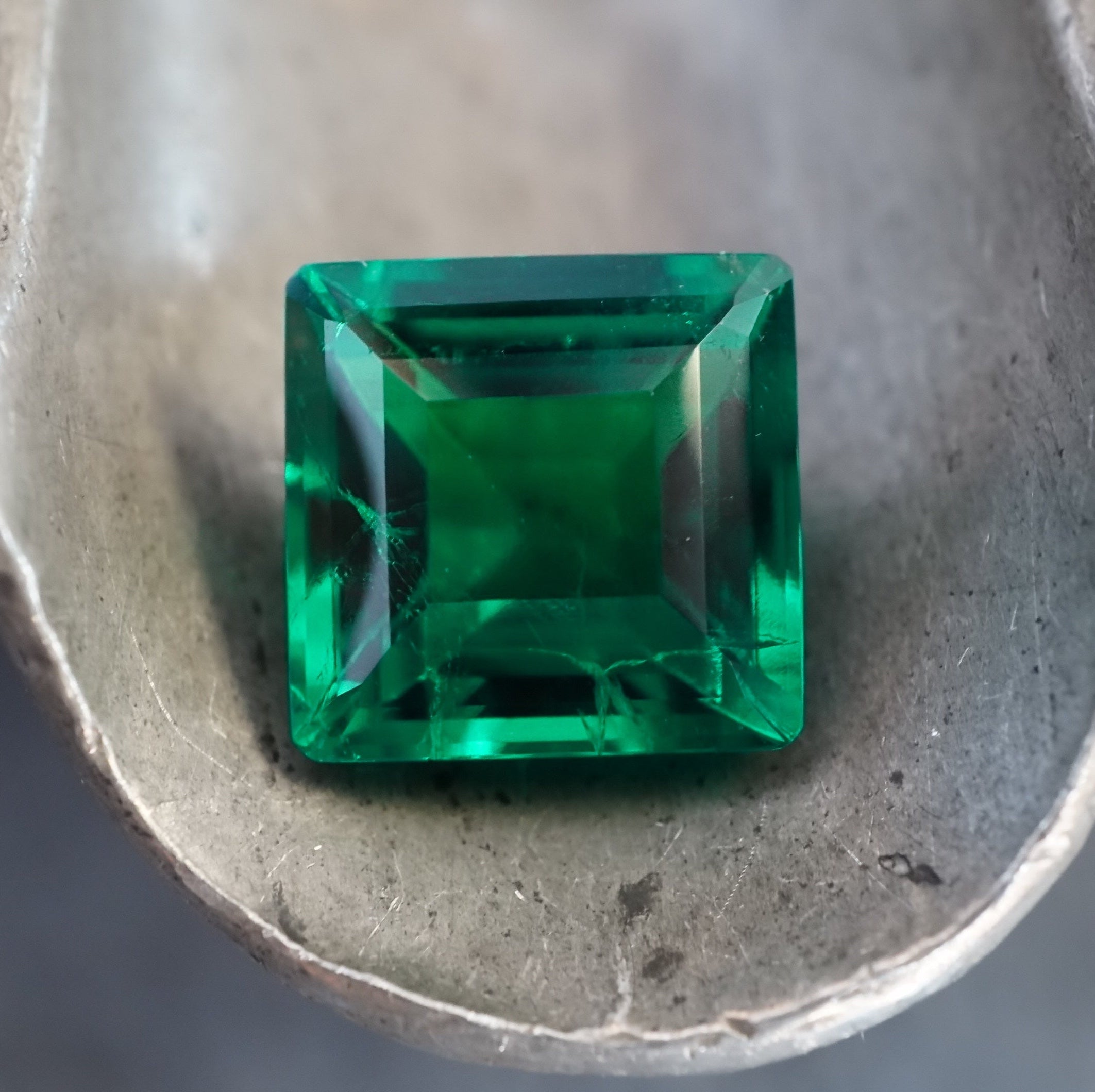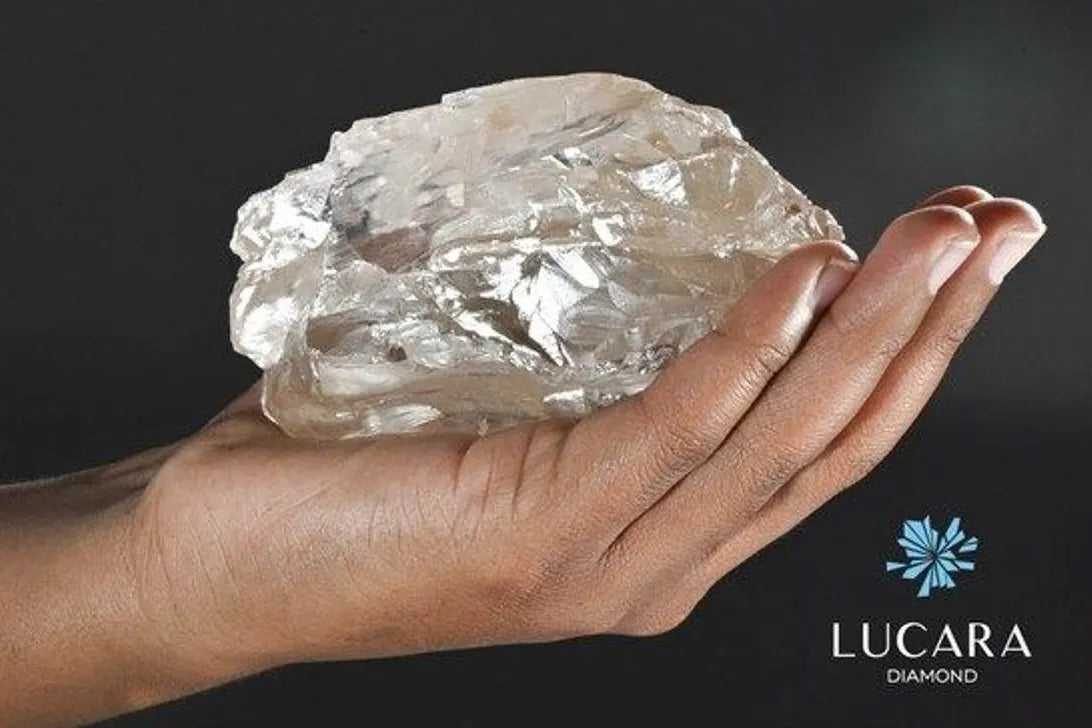
Everything You Need to Know Before Buying a Burmese Ruby
Burmese rubies are revered as some of the finest gemstones in the world, standing out for their unparalleled color, engaging liveliness and overall extraordinary beauty. Originating from the storied mines of Myanmar (formerly Burma), Burmese rubies have captivated people for centuries, further cementing their status as some of the most prestigious and sought-after gems gifted to us from the Earth.
Myanmar’s Mogok region—known as the “Valley of Rubies”—is particularly renowned for producing the finest color quality in rubies: the coveted “pigeon’s blood red.” This vivid red hue contributes to a breathtaking Burmese ruby that commands high value and great admiration.
This authoritative guide delves into what makes Burmese rubies so special, covering aspects of color, clarity and cut, among others. By understanding these key characteristics, you’ll be able to appreciate the true beauty and value of Burmese rubies and make informed decisions about purchasing these exceptional gems.
Color: The Hallmark of Burmese Rubies
The most defining characteristic of a Burmese ruby is its natural vivid red color. This outstanding and highly sought-after color is created by the unique geological conditions in which Burmese rubies are formed.
Burmese rubies, like all rubies, are a variety of the mineral species, corundum. In its purest form, corundum is colorless, but it turns red when trace amounts of the element chromium are present during its formation. The Mogok Valley is known to have high chromium content, which results in rubies with a stronger red color.
Burmese rubies are also typically formed in marble deposits, which lack iron. This low iron content allows the chromium to impart an even more intense red hue to the rubies.
Rubies rich in chromium that have formed in marble can also fluoresce, emitting light when stimulated by ultraviolet radiation such as sunlight. This fluorescence enhances the red color of Burmese rubies, making them appear even more intense and giving the stones a lively, “internally illuminated” look.
While the primary color of Burmese rubies is red, they’re often accompanied by secondary hues such as pink, orange, blue, purple or brown. The most valuable Burmese rubies exhibit a pure red hue with minimal secondary colors.
The tone of Burmese rubies, which refers to the lightness or darkness of the stones, typically ranges from medium to medium dark. This range enhances their vibrant color without making them appear too dark.
Another critical color factor is saturation, which describes the intensity of the color. High saturation in Burmese rubies results in a rich red color that’s highly prized.
Mines and Color Variations
Burmese rubies are primarily mined in two significant regions of Myanmar: the historic Mogok region and the newer Mong Hsu region in Shan State.
The Mogok region has been a renowned source of high-quality rubies for centuries. Mogok rubies are celebrated for their intense, vibrant and saturated red hue. This region is also particularly famous for producing rubies with the coveted pigeon’s blood red color—a vivid, pure red hue with no overtones of orange or brown. Burmese rubies with a natural pigeon’s blood red color are so rare that it can take a miner months to a year to find even one.
In contrast, the Mong Hsu region, discovered in the 1990s, yields rubies with a broader spectrum of colors compared to their Mogok counterparts. These rubies also often require heat treatment to enhance their color and clarity. While some stones from this region can boast a red hue reminiscent of pigeon’s blood, others might display slightly purplish or pinkish undertones, offering a diverse range to cater to different preferences.
Each region contributes uniquely to the global supply of these precious gemstones, with Mogok rubies being the most prized for their natural beauty and exceptional quality.
Impact on Value
The value of a Burmese ruby increases with the purity and intensity of its red color. Rubies with a pure red hue, medium to medium-dark tone and high saturation are the most valuable. Secondary hues and less intense saturation can significantly decrease a Burmese ruby’s market value.
Clarity: A Window into the Heart of Burmese Rubies
Inclusions and Their Types
Inclusions are natural features within gemstones that can affect their clarity. These inclusions are due to the geological conditions under which they form.
While inclusions such as crystals, needles and fingerprints can sometimes detract from the clarity and value of a Burmese ruby, they can also add to its singular beauty and create a unique fingerprint that verifies the stone’s authenticity and origin.
Types of Inclusions
Calcite: A calcite inclusion in a Burmese ruby refers to small deposits of the mineral calcite (calcium carbonate) trapped within the ruby during its formation. These inclusions are usually white or colorless and can appear as spots, veins, or clouds inside the stone, visible under magnification.
Crystals: Crystal inclusions in a Burmese ruby refer to small crystals of various minerals trapped within the ruby. These can range from tiny, barely visible specks to larger, more noticeable formations, and they often have a different color, clarity, and hardness compared to calcite inclusions.
Needle Inclusions: Needle inclusions are thin, needle-like structures. Often referred to as “silk,” these inclusions can scatter light, giving Burmese rubies a soft glow across the face.
Fingerprint Inclusions: Fingerprint inclusions resemble wispy, feather-like patterns, similar to human fingerprints.
Impact on Value
While some inclusions are expected and accepted in Burmese rubies, the fewer and less visible they are—especially if they don’t detract from a Burmese ruby’s brilliance—the more valuable the ruby. Inclusions that significantly affect transparency or cause structural weaknesses reduce the value of Burmese rubies.
Cut: Enhancing a Burmese Ruby’s Natural Beauty
The cut quality of a Burmese ruby significantly impacts its overall appearance, brilliance and value. An expertly cut Burmese ruby will showcase its color, minimize visible inclusions and enhance its natural brilliance. Burmese rubies, renowned for their vivid color and exceptional quality, are typically cut into shapes that maximize these attributes while preserving as much of the original gemstone as possible. Here are the most common cuts for Burmese rubies:
Common Cuts
Oval: The oval cut is one of the most popular shapes for Burmese rubies. This cut enhances the ruby’s color and brilliance, creating a balanced appearance with its elongated shape. The oval cut is versatile and often used in various types of jewelry, from rings to pendants. Its elongated shape can also make the ruby appear larger than its carat weight.
Cushion: The cushion cut, characterized by its rounded corners and larger facets, is another favored cut for Burmese rubies. This cut can intensify the ruby’s color by allowing light to enter the stone and reflect off its facets, producing a rich, deep hue. The cushion cut combines the best features of both the round and oval cuts, offering a vintage yet timeless appeal that enhances a Burmese ruby’s natural beauty.
Round Cut: The round cut, though less common for Burmese rubies due to the significant loss of rough material during cutting, offers excellent brilliance and symmetry. Designed to maximize light return, this cut makes the ruby sparkle intensely. While it might result in a smaller finished stone, the round cut is highly prized for its classic and elegant appearance, making it a desirable choice for high-end jewelry.
Additional Cuts and Considerations
Emerald: Less commonly used for Burmese rubies, the emerald cut can give them a unique and sophisticated appearance. This cut features a rectangular shape with step-cut facets that emphasize the clarity and depth of the ruby. It’s ideal for showcasing high-quality Burmese rubies with fewer inclusions, as the large, open facets can highlight any internal characteristics. Emerald-cut rubies are exceptionally rare and valuable, making them a prized choice for those seeking a truly exquisite and distinctive gemstone.
Pear and Marquise: The pear and marquise cuts are also occasionally used for Burmese rubies. These cuts can make a ruby appear larger, and their dramatic, elongated shapes are perfect for custom or statement jewelry pieces.
Cut Quality Factors
When evaluating the cut quality of a Burmese ruby, consider the following factors:
Symmetry: A well-cut Burmese ruby should have symmetrical facets that reflect light evenly across the stone.
Proportions: The proportions of a Burmese ruby, including its depth and table size, should be balanced to optimize brilliance and color.
Polish: A high-quality polish enhances a Burmese ruby’s surface luster, contributing to its overall brilliance and appeal.
Faceting: Precision in faceting ensures that a Burmese ruby’s natural beauty is maximized, minimizing the appearance of inclusions and enhancing the stone’s color.
Impact on Value
The cut of a Burmese ruby has a profound impact on its value. A superior cut can significantly enhance the stone’s color, brilliance and overall visual appeal, thereby increasing its market value. Conversely, a poor cut can diminish these qualities, making a Burmese ruby less desirable and lowering its value. Therefore, cut is a critical factor in determining a Burmese ruby’s worth. High-quality cuts that maximize color and brilliance while minimizing inclusions are particularly prized and can command higher prices in the market.
Size and Weight
Carat weight measures the size of a ruby, with one carat equaling 200 milligrams. The carat weight directly influences the ruby’s size and, consequently, its value. Burmese rubies are often found in smaller sizes, typically less than one carat. Large Burmese rubies, especially those exceeding five carats, are exceptionally rare and highly valuable.
Impact on Value
The value of Burmese rubies increases exponentially with carat weight, especially for high-quality stones with excellent color and clarity. Larger Burmese rubies with top-quality characteristics can command astronomical prices in the market.
Purchasing Tips: Evaluating Burmese Rubies
When purchasing a Burmese ruby, consider several key factors to ensure you select a high-quality gemstone. First, focus on color; look for a vivid, pure red hue with a medium to medium-dark tone and high saturation. Next, examine the clarity of the ruby, choosing stones with minimal visible inclusions that do not affect transparency or structural integrity. Additionally, pay attention to the cut; opt for well-cut rubies with excellent symmetry and brilliance to enhance the stone’s natural beauty. Finally, consider carat weight, balancing size with quality, and remember that larger, high-quality rubies are significantly more valuable.
Questions to Ask
When purchasing a Burmese ruby, there are several important considerations to keep in mind to ensure you’re getting a high-quality and authentic gemstone:
Treatment: One of the first factors to consider is whether a Burmese ruby has been treated. Heat treatment is a common practice used to enhance the color and clarity of rubies and is widely accepted in the market. However, it drastically changes the value of the stone. Therefore, Jogani favors unheated Burmese rubies as they appreciate the most in value.
Other treatments such as fracture filling, which involves filling cracks in a ruby with a substance to improve appearance, or diffusion treatment, which alters the color of the surface, can significantly reduce the value of Burmese rubies.
Always inquire about any treatments a Burmese ruby might have undergone and prefer those without or with only heat treatment for higher value and authenticity.
Origin: The origin of a ruby plays a crucial role in its value and authenticity. Burmese rubies, originating from Myanmar, are renowned for their exceptional color and quality. Confirming the origin is essential, as Burmese rubies are highly prized and command higher prices. Ask for documentation or certification that verifies a ruby’s origin to ensure you are purchasing an authentic Burmese ruby.
Certification: A certification from a reputable gemological laboratory is vital for confirming the quality and authenticity of a Burmese ruby. A certificate provides detailed information about the ruby, including its carat weight, color, clarity, cut and any treatments it might have undergone. Reputable laboratories such as the Gemological Institute of America (GIA), American Gemological Laboratories (AGL) and Swiss Gemological Institute (SSEF) provide reliable certificates that offer peace of mind and assurance of a ruby’s value.
Burmese rubies are among the most exquisite and coveted gemstones in the world. Their unparalleled color and brilliance make them a highly prized addition to any gemstone or jewelry collection. By familiarizing yourself with their unique qualities, considering key factors during your purchase and seeking proper certification, you can confidently select a Burmese ruby of exceptional quality that will be cherished and valued for generations.


